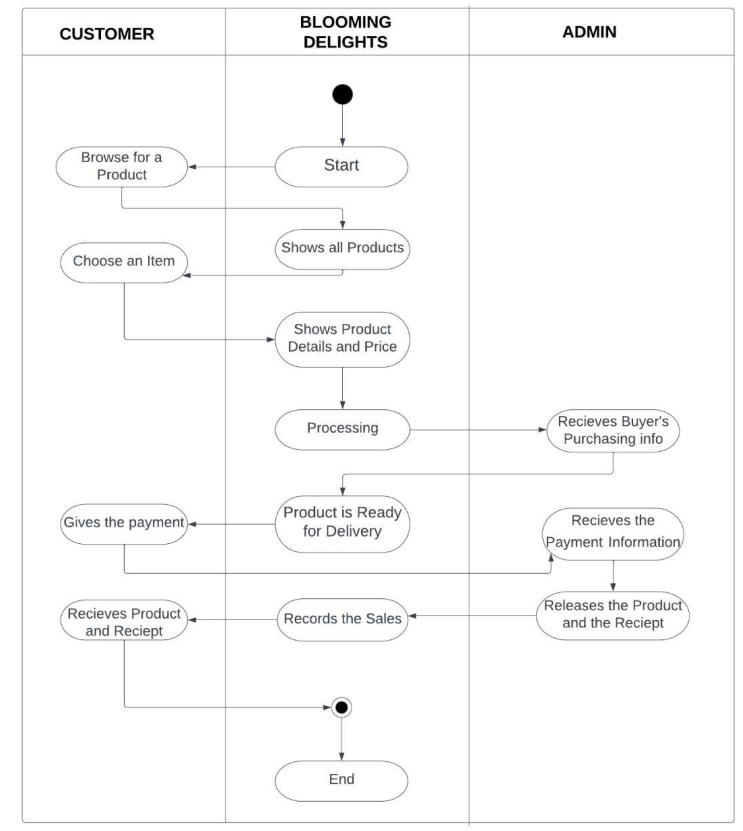Hi, These are the latest list of projects for partial fulfillment of the requirements for a Master of Technology or Master of Engineering in Civil Engineering with a specialization in Geotechnical Engineering.
Civil Geotechnical Engineering Projects List
- Improvement of retaining wall stability with geogrid reinforcement
- Slope stability assessment along NH-44
- Estimation of soil shear strength using machine learning
- Stabilization of kaolinite clay using groundnut shell ash and onion peel powder
- Stability analysis of fly ash-bottom ash mix embankment
- Stability analysis of cut slope on a road alignment
- Clayey soil stabilization using surkhi and plastic bottles
- Productivity of chemical stabilizers on expansive soil
- Design of tunnel using the New Austrian Tunnelling Method (NATM)
- Enhancement of soil properties using basalt fiber stabilization technique
- Stability of excavated slopes due to negative excess porewater pressure
- Geosynthetic encased stone column study using finite element approach
- Design and stability study of cantilever retaining wall using GEO-5 software
- Study of geotechnical properties of oil-contaminated soil
- Physical modeling of rainfall-induced landslide
- Geotechnical properties of different soils using spectroscopy technique
- Correlation between soil shear strength and water content ratio as a substitute for liquidity index
- Bearing capacity of clayey soil reinforced with geogrid
- Determination of Nϒ values through the model test on Yamuna sand and Badarpur sand
- Study of soil stabilization using Kota stone dust on black cotton soil
- Effect of fiber length on polyester fiber reinforced soil
- Soil moisture retrieval using microwave remote sensing
- Numerical modeling on slope stability
- Measurement of soil suction and soil water characteristic curve of unsaturated soils
- Interaction between pile and raft in piled raft foundation
- Shear strength parameters of Yamuna sand mixed with pond ash and lime
- Load carrying capacity of reinforced pond ash beds
- Influence of natural polymer on geotechnical behavior of silty sand
- Modification of soil properties using Bacillus Sphaericus
- Effect of microbially induced calcium carbonate precipitation (MICP) using Bacillus Clausii
- Stabilization of black cotton soil with lime and stone dust
- Numerical modeling of piled raft foundation
- Parametric study of embankment stability
- Relationship between compactive effort, hydraulic conductivity, and shear strength of compacted soils
- Rapid visual screening of different types of structures
- Dilatancy of silty sand at varied densities
- Geotechnical behavior of pond ash mixed with marble slurry dust and lime
- Geotechnical characterization of some Indian rocks
- Establishment of an earthquake engineering laboratory
- Study of groundwater contamination due to landfills
- Comparative study of different landfill liner materials
- Shear and dilation behavior of rock joints
- Experimental determination of mechanical properties of construction waste
- Shear strength of sand reinforced with randomly distributed polypropylene fibers
- Effect of the configuration of RCC building subjected to seismic loading
- Geotechnical behavior of randomly oriented fiber-reinforced pond ashes for road construction
- Cyclic pile load test on model piles in sand
- Stabilization of black cotton soil with lime and stone dust
- Geotechnical properties of waste materials for road construction

